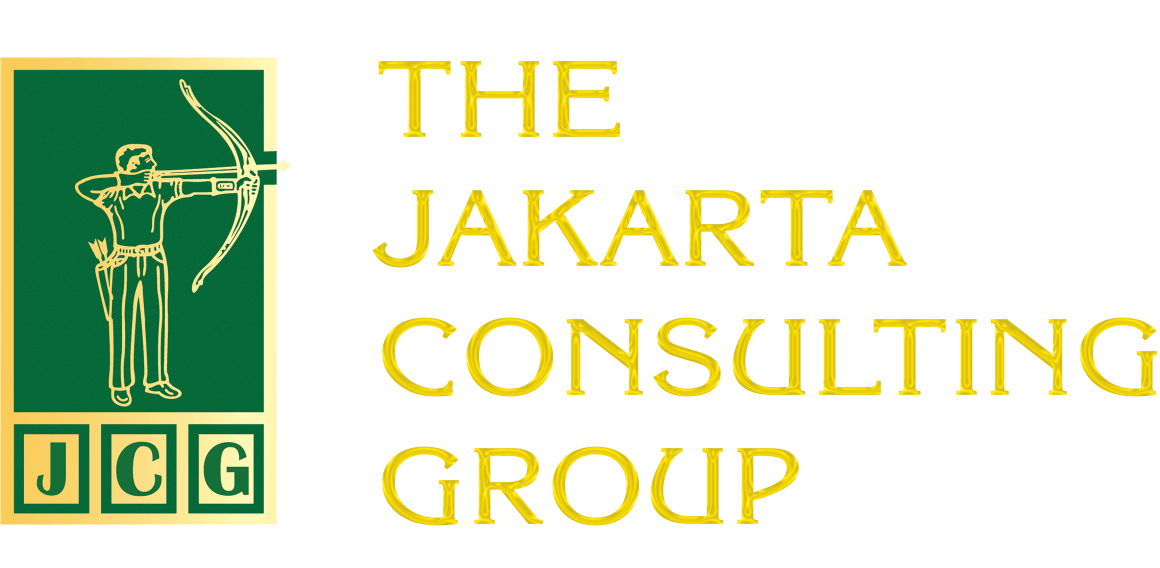From Obsolete to Iconic: How Brands in Declining Industries Stay Relevant. The rapid advance of technology, changing customer preferences, economic shifts, and a new awareness of social, health, and environmental issues have caused certain industries to decline, often referred to as “sunset industries.” Examples include print media, traditional retail, and DVD rental services. These industries have been significantly impacted by digital transformation. Companies within these sunset industries face a tough choice: either revitalize their brand or gradually wind down their business.
Some companies choose to revitalize their brand, even in industries that are almost at the end of the road. One big reason for this is nostalgia. Many brands have a long history and have built deep emotional connections with their customers. By revamping the brand, they can tap into that loyalty and emotional connection, offering a sense of comfort and familiarity in a constantly changing world. Take print media, for example. The experience of holding a newspaper or magazine still holds significant value for certain segments of consumers. Closely tied to nostalgia is the retro appeal. Some legendary brands can attract consumers who appreciate retro or vintage aesthetics. This approach can help differentiate the brand from competitors who are mostly focused on the future. A good example is vinyl records, which have made a comeback despite the dominance of digital music, largely because of their nostalgic charm.
From Obsolete to Iconic: How Brands in Declining Industries Stay Relevant
Another factor is the desire to target specific niche markets. Even though the overall market for sunset industries is shrinking, there are still opportunities in certain niches. By revitalizing the brand with a focus on a specific market segment, companies can position themselves as leaders within that niche. For instance, traditional bookstores have found success by focusing on curated selections, community events, and personalized customer service, appealing to book lovers who value the in-store experience.
In some cases, brand revitalization allows companies to reposition themselves as producers of premium or luxury products. By emphasizing quality, craftsmanship, and exclusivity, brands can set higher prices and attract a wealthier customer base. This strategy has been successfully applied by brands in industries like watchmaking, where traditional mechanical watches have become luxury items even though smartwatches dominate the market.
There’s also the potential to offer value in the form of sustainability, ethical production, and social responsibility when revitalizing a brand in a sunset industry. For example, companies that previously produced less environmentally-friendly products can rebrand themselves as environmentally-conscious businesses. By doing so, they can attract a new generation of consumers who prioritize environmental and social impact in their purchasing decisions.
Revitalization can also go hand in hand with redefining the brand’s purpose. This might mean shifting from a product-focused approach to one centered around service, experience, or education. For instance, traditional newspapers might transform into multimedia content providers, offering digital subscriptions, podcasts, and online courses alongside their print editions.
Brand revitalization can be the first step toward larger transformations, such as diversifying products or entering new markets. This can help a company stay relevant even as its core industry declines.
Revitalizing a brand can also be a tool to boost its sale value. If a company plans to sell its business or assets, a strong, refreshed brand can be more attractive to potential buyers, even if the industry itself is on the decline.
Out of Touch
Of course, not every business in a sunset industry successfully revitalizes its brand. The biggest risk is shrinking demand. Even if the revitalization is successful, the market might still be too small to support long-term growth. This is particularly true for sunset industries that have almost vanished due to technological advancements, like DVD rental services or film photography.
Another risk is the cutthroat competition within sunset industries. Many players are vying for a shrinking customer base. This can make it difficult for a newly revived brand to gain traction, especially if it lacks the resources of larger competitors.
Cost is also an issue. Revitalizing a brand requires significant investment. At the same time, companies in sunset industries often struggle with declining revenues and tightened budgets. On top of that, there’s no guarantee that customers will respond enthusiastically. In fact, they might do the opposite, considering sunset industry products as outdated.
From an internal perspective, brand revitalization often requires a cultural shift within the organization, which can lead to resistance from employees who are used to doing things a certain way. This can create internal friction and slow down the revitalization process.
These risks certainly need to be taken into account. It’s not easy to part with a brand that has been a source of pride for the company for so long. It’s understandable that many companies try to revitalize it. That’s perfectly fine. But if all avenues have been exhausted, it might be time to let go and look to the future.
Category: Marketing & Branding
#sunset industries
# brand revitalization
# Digital Transformation
#nostalgia
# niche markets
# Cultural Shift
Related Posts:
Inspirational Story of Local Entrepreneurs: From a Whim to a Legend – The Success Strategy of Bika Ambon Zulaikha
Employee Content Creation (EGC): Boosting Company Image
Pros and Cons of Side Hustle for Young Generations in Family Businesses
Legacy and Loyalty: Recruitment to Ensure Family Business Sustainability
Pro Kontra Side Hustle Generai Muda Bisnis Keluarga










